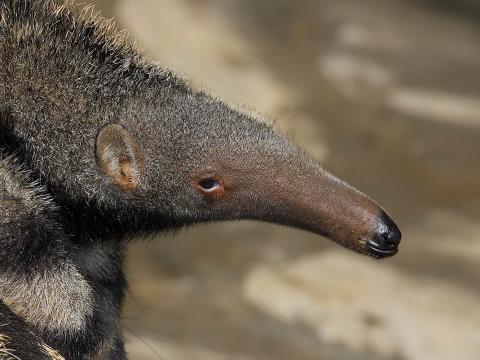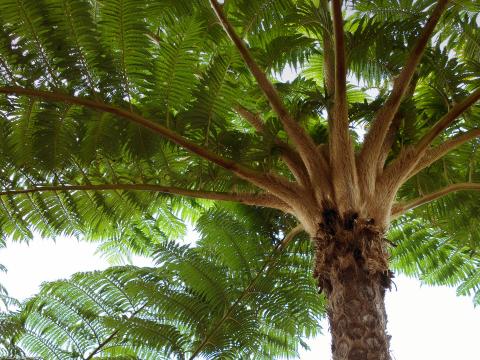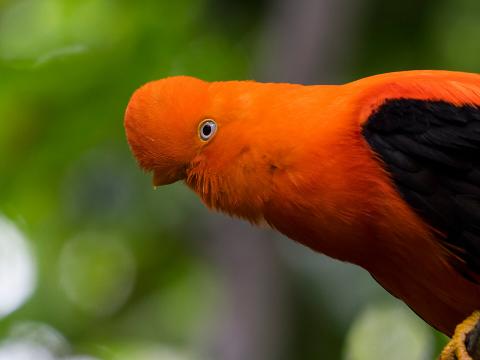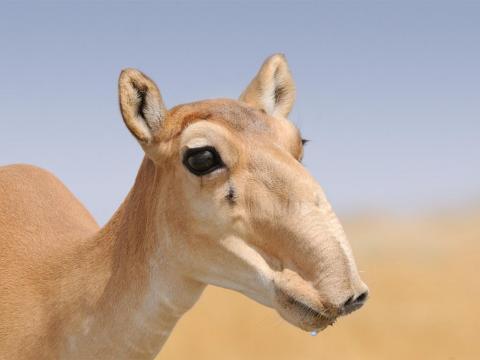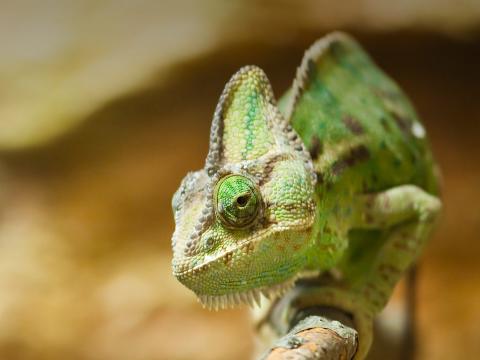Maple
- Division: Magnoliophyta
- Class: Magnoliopsida
- Subclass: Rosidae
- Order: Sapindales
- Family: Sapindaceae
- Genus: Acer
- Species: more than 120 species
Overview
From delicious syrup to iconic leaves to burgundy splendor in Japanese gardens, maples are well known and much-loved trees. Most of the 125 maple species are from Asia, but some are native to North America, Europe, and North Africa. Many people plant maples because they make great landscape trees, providing a graceful appearance and leafy shade along neighborhood streets. Maples are also renowned for their autumn colors, putting on an impressive display of oranges, browns, yellows, and reds every year. Maples are slow growing, but some species can eventually reach more than 140 feet (42.7 meters) tall and live more than 100 years. Because of their popularity, there are about 2,000 cultivated varieties of maple that are now found all over the world.
Characteristics
Most maple species are deciduous trees, although some grow more like shrubs, and a few in southern Asia and the Mediterranean are evergreen. The majority of species prefer a temperate climate, although a few are drought tolerant. Maples are often found growing along riverbanks, and they have dense, fibrous roots that can help control erosion, but also inhibit the growth of other plants around their base.
Leaves: The majority of maples have the easily recognized, hand-shaped leaves with five points. The typical leaf shape may be slender, almost lacy, like the Japanese maple Acer palmatum, or wide in the middle like the Norway maple Acer platonoides. Exceptions to the usual leaf shape are species with leaves divided into three leaflets, such as paperbark maple Acer griseum and vine-leafed maple Acer cissifolium, and a few with simple, undivided leaves, like the hornbeam maple Acer carpinifolium. Most maple trees have green leaves during the spring and summer, but some may have red, bronze, or purplish leaves.
Flowers: Maple blossoms may be green, yellow, orange, or red and usually grow in clusters of five. Each flower is small, composed of four or five sepals and four or five petals. The flowers are either male or female and pollination is typically performed by insects, which carry the pollen from the male to the female flowers. Maples flower in late winter or early spring, usually with or just after the appearance of new leaves.
Seeds: One of maple’s distinctive characteristics is the seedpods it produces, called samaras. Each pod encloses a pair of seeds attached to a flattened “wing” of papery tissue, and the pod is designed to be picked up by the wind and then spin as it falls, to carry the seeds a considerable distance. Because of the spinning action, the pods are sometimes referred to as helicopters or whirlybirds. Depending on the species, the seeds can be small and green or larger and yellow or orange. One tree can release hundreds of thousands of seeds at a time. The seeds usually require a period of dormancy as the seed coat is softened and weathered—a process known as stratification—before they can germinate.
Uses
One of the maple’s biggest claims to fame is its sap, from which maple syrup is made. Maple tree sap naturally contains a higher amount of sugar than any other tree. The tree is tapped to collect the sap, usually only about 10 percent from any individual tree, so the growth and health of the tree is not affected. The sap is boiled to thicken it, and filtered to produce the amber-colored syrup people put on their pancakes, include in recipes, and use to make candy. It takes 40 to 50 gallons 151.4 to 189.3 liters) of tree sap to produce one gallon (3.8 liters) of commercial syrup. Most maple species can be used to make syrup, but the sugar maple and the black maple are preferred, because they produce the sweetest and lightest colored syrup.
Some maple species are also valued for their wood, particularly sugar maple in North America and sycamore maple Acer pseudoplatanus in Europe. It is used as timber, and to manufacture items like bowling pins, butcher’s blocks, baseball bats, and recurve bows for archery. Dried maple wood is used in smoking foods like fish and meat, and charcoal from maple is an important part of the process to make Tennessee whiskey.
Additionally, maple is considered a tonewood: a wood that carries soundwaves well. Because of this property, maple wood is used to make musical instruments, including violins, violas, and cellos. The necks of electric guitars are also commonly made from maple.



